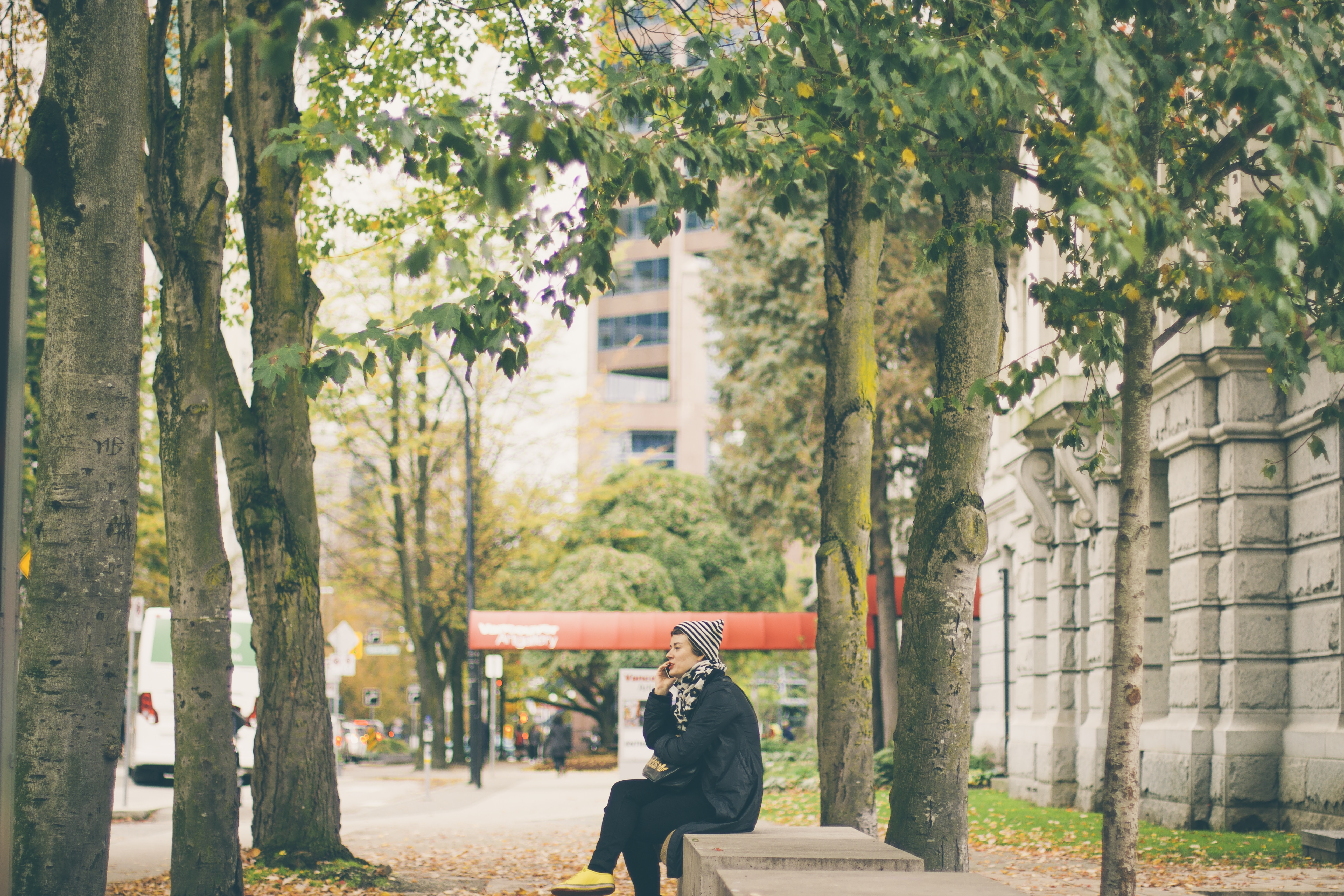How to make streets beautiful, using deep learning
Embargoed until:
Publicly released:
2020-01-15 11:01
What makes a street beautiful? We can probably guess a few traits - such as green space and artwork - but beauty, even when it comes to urban environments, remains largely subjective. This isn't much help when it comes to trying to decide what changes to make in urban areas to make them more pleasant, but researchers are using deep learning to try to solve this problem. Their system - dubbed 'FaceLift' - took images from Google Street view and beautified them, but took the extra step of analysing what elements made those streets beautiful. The researchers hope this will make it easier for architects and planners to design spaces people love being in.
Journal/conference: Royal Society Open Science
Link to research (DOI): 10.1098/rsos.190987
Organisation/s: King's College London, UK
Funder: No funding received.
Media Release
From: The Royal Society
FaceLift: A transparent deep learning framework to beautify urban scenes
Computer vision and deep learning techniques have recently been used to predict whether urban scenes are likely to be considered beautiful: it turns out that these techniques are able to make accurate predictions. Yet they fall short when it comes to generating actionable insights for urban design. To support urban interventions, one needs to go beyond predicting beauty, and tackle the challenge of recreating and explaining beauty. To partly fix that, we propose "FaceLift'', a deep learning framework that is able to both beautify existing urban scenes (Google Street views) and explain which urban elements make those transformed scenes beautiful.
Attachments:
Note: Not all attachments are visible to the general public
-
The Royal Society
Web page


